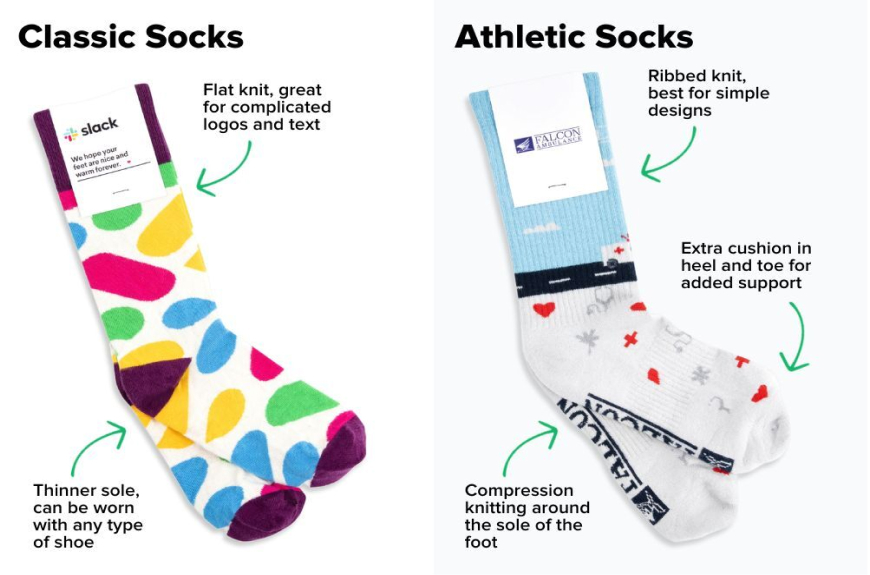If you've ever come home to find your favorite pair of custom socks mysteriously missing, only to catch your furry friend in the act of munching on them, you're not alone. This peculiar behavior has puzzled dog owners for generations, but there are actually several fascinating explanations for why our canine companions find socks so irresistible.
The Scent Connection
Dogs are naturally attracted to our scent, and few items carry our unique smell quite like worn socks. Your four-legged friend may be drawn to socks because they provide comfort and a strong connection to their beloved owner. This behavior often stems from separation anxiety or a desire to feel closer to you when you're away.
Playful Instincts
Many dogs view socks as exciting toys. The texture, size, and flexibility of socks make them perfect for carrying around, tossing in the air, and playing tug-of-war. When you accidentally leave your team socks lying around, your pup might see them as an invitation to play.
Pica: A Medical Explanation
Sometimes, sock-eating behavior can be linked to a condition called pica, which causes dogs to eat non-food items. According to veterinary experts, this condition might indicate underlying nutritional deficiencies or psychological issues that require professional attention.
Attention-Seeking Behavior
Dogs are clever creatures, and they quickly learn what gets their owner's attention. If you've previously made a big fuss when your precious pup grabbed a sock, they might repeat the behavior simply to get your attention, even if it's negative.
The Danger Factor
While it might seem amusing, sock-eating can be seriously dangerous for dogs. Socks can cause intestinal blockages that may require emergency surgery to remove. It's crucial to keep socks out of reach and address this behavior before it becomes a harmful habit.
Wrapping Up
Understanding why your dog eats socks is the first step in preventing this potentially dangerous behavior. Whether it's driven by comfort-seeking, playfulness, or an underlying condition, the key is to provide appropriate alternatives and maintain consistent training. Remember to store your socks safely, offer plenty of suitable toys, and consult with your veterinarian if the behavior persists.


